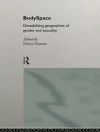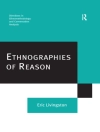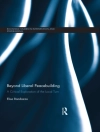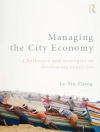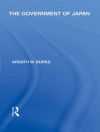Carbon Capture and Storage (CCS) is the only method available for reducing CO2 emissions while allowing continued use of fossil fuels, both for power generation and potentially in broader contexts. Carbon capture technologies are already playing a role in reducing emissions from large sources such as power stations. Carbon capture could potentially tackle these emissions, either by use of photosynthetic organisms to fix carbon, providing a biomass energy source or by direct capture from the air. Various potential options are available for carbon storage, including geological, mineral and ocean storage. This book describes the current options available and discusses the potential for future CCS strategies.
Tabla de materias
1. Comparative impacts of fossil fuels and alternative energy sources; 2. Fossil power generation with CCS: policy development for technology deployment; 3. Carbon capture and storage (CCS) in Australia; 4. Underground coal gasification with CCS; 5. Towards zero emission production: potential of carbon capture in an energy intensive industry; 6. Geological storage of CO2; 7. Carbon sequestration in soils; 8. Carbon capture and storage in forests; 9. Carbon uptake, transport and storage by oceans and the consequences of change; 10. Methane biogeochemistry in the Arctic Ocean: hydrates and permafrost
Sobre el autor
Roy Harrison OBE is Queen Elizabeth II Birmingham Centenary Professor of Environmental Health at the University of Birmingham. In 2004 he was appointed OBE for services to environmental science. Professor Harrison’s research interests lie in the field of environment and human health. His main specialism is in air pollution, from emissions through atmospheric chemical and physical transformations to exposure and effects on human health. Much of this work is designed to inform the development of policy.



